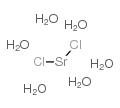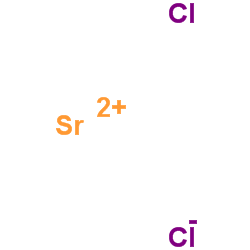| 结构式 | 名称/CAS号 | 全部文献 |
|---|---|---|
 |
氯化锶,六水
CAS:10025-70-4 |
|
 |
氯化锶
CAS:10476-85-4 |
| 结构式 | 名称/CAS号 | 全部文献 |
|---|---|---|
 |
氯化锶,六水
CAS:10025-70-4 |
|
 |
氯化锶
CAS:10476-85-4 |